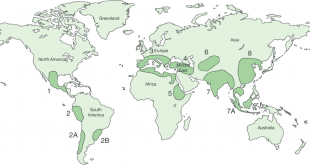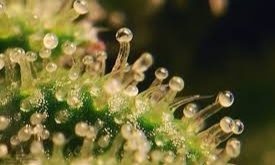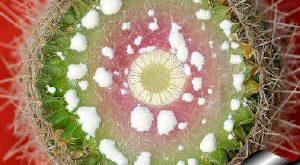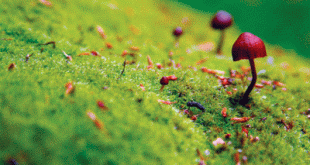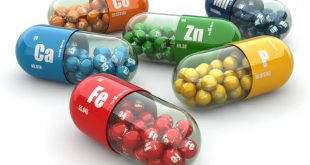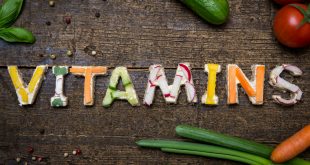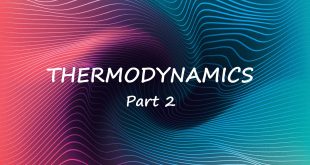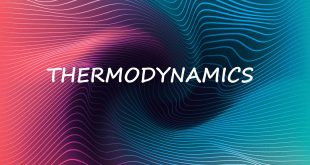Do you know what is Center of Origin? The center of origin is a geographical area where the particular group of organisms (either domesticated or wild) first originated on earth. This is the 2nd part of the topic: Concepts of center of origin of cultivated crops. If you have somehow …
Read More »TimeLine Layout
December, 2020
November, 2020
-
30 November
Concepts of center of origin of cultivated crops (Part 1)
What is Center of Origin? The center of origin is a geographical area where the particular group of organisms (either domesticated or wild) first originated on earth. Center of Origin & Center of Diversity Many people believed that centers of origin are also centers of diversity. But, the centers of diversity …
Read More » -
25 November
External Secretory Structures
External surfaces of the plant bear several secretory structures of epidermal origin or epidermal derivatives or emergences from deeper tissues (Kisser, 1958). These include Glands, Glandular Trichomes, Nectaries, Osmophores, Hydathodes etc. In this article, these external structures of plant will be discussed briefly. Trichomes and glands In some leaves and flowers, more or less …
Read More » -
25 November
Secretory Tissue: A Laticiferous Discussion
The tissues that are concerned with the secretion of gums, resins, volatile oils, nectar, latex and other substances are called Secretory tissues. These tissues are mainly divided into two groups: Laticiferous tissue. Glandular tissue. In this article, Laticiferous tissue will be discussed explicitly. Laticiferous tissue A laticifer is a type of …
Read More » -
23 November
Deuteromycetes: The Fungi Imperfecti
Deuteromycetes- also known as Deuteromycota, Deuteromycotina, fungi imperfecti and mitosporic fungi- are fungi that are unable to produce sexual spores and are therefore placed in their own separate phylum. It is an artificial group of fungi, of which there exist approximately 15000 species. Deuteromycetes are often reffered to as “fungi …
Read More » -
20 November
Minerals: A Solid, Naturally Occurring Inorganic Substance (Part 1)
In a Museum when you see a glittering crystal, you would say it was a mineral and you’d almost certainly be right. But can you say what a mineral really is? Define Minerals A mineral is an inorganic solid which is naturally occured. It has a fixed chemical composition and …
Read More » -
20 November
Vitamins: A Nutrional Organic Molecule
Vitamins and minerals are essential nutrients because they perform many roles within the body. There is a fine line between getting enough of those nutrients (which is healthy) and getting an excessive amount of (which can find yourself harming us). Eating a healthy diet remains the best way to get …
Read More » -
18 November
Protein and Peptides: An Inevitable Source of Nutrition (Part 2)
Globular and fibrous proteins A protein whose molecules curl up into a ‘ball’ shape, such as myoglobin or hemoglobin, is known as a globular protein. In a living organism, proteins may be found in cells and in other aqueous environments such as blood, tissue fluid and in phloem of plants. …
Read More » -
17 November
Thermodynamics: A Relationships Between Heat and Other Forms of Energy (Part 2)
Units of work Whenever a new quantity is introduced in physics, the standard metric units associated with that quantity are discussed. In the case of work (and also energy), the standard metric unit is the Joule (abbreviated J). One Joule is equivalent to one Newton of force causing a displacement of one meter. …
Read More » -
17 November
Thermodynamics: A Relationships Between Heat and Other Forms of Energy (Part 1)
The study of the flow of warmth or the other sort of energy into or out of a system because it undergoes a physical or chemical transformation, is named Thermodynamics. In other word relationship between heat, work, temperature, and energy. In broad terms, thermodynamics deals with the transfer of energy from one place to a different and from one form to a …
Read More »
 Plantlet The Blogging Platform of Department of Botany, University of Dhaka
Plantlet The Blogging Platform of Department of Botany, University of Dhaka
